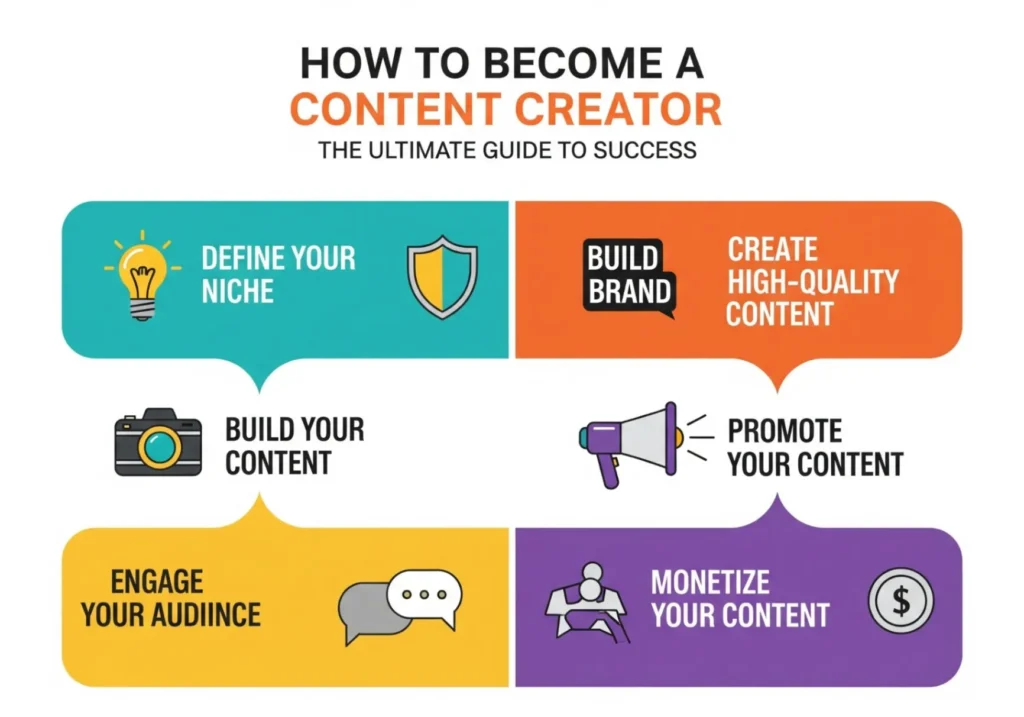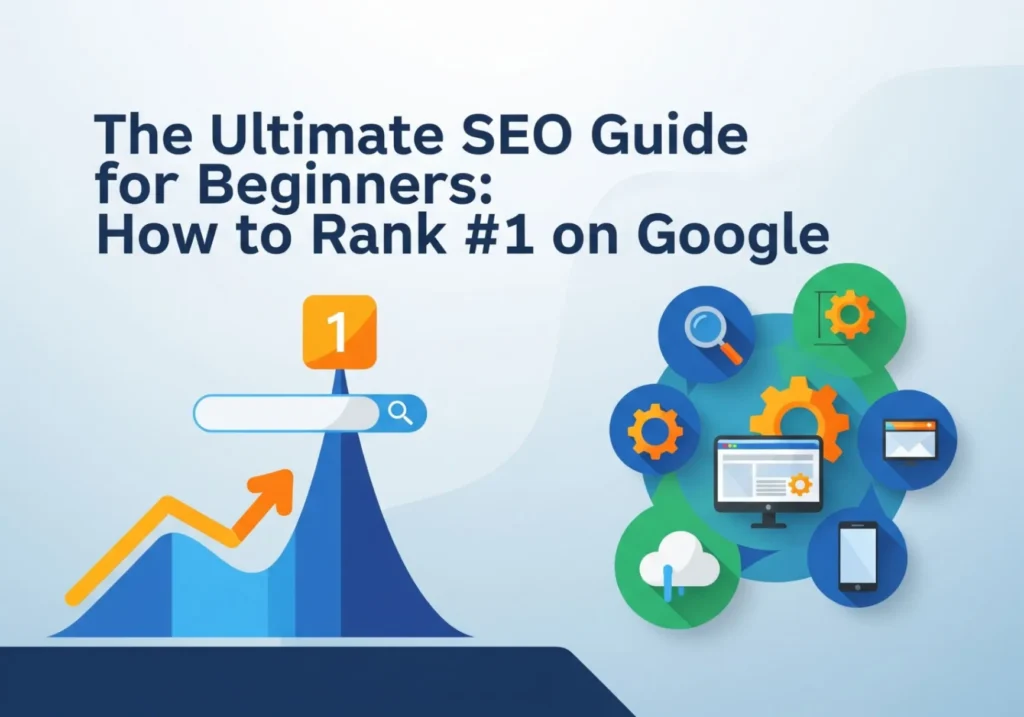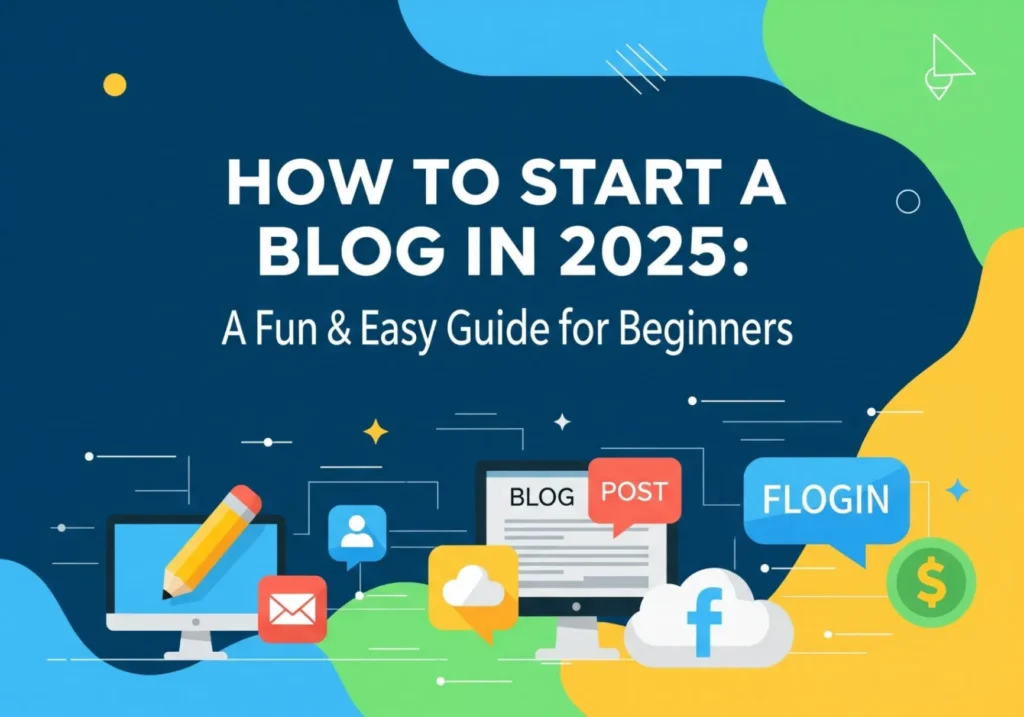Boost Your Blog’s SEO Ranking: The Ultimate Guide for 2025

Introduction: The Key to Unlocking Your Blog’s Potential
Is your blog getting the visibility it deserves? You pour your heart into creating valuable content, but the traffic feels like a trickle instead of a flood. Search Engine Optimization (SEO) is the key to unlocking that potential and transforming your blog from a hidden gem into a recognized authority.
This comprehensive guide provides the proven strategies you need to significantly improve your blog’s search engine rankings in 2025. We’ll cover everything from the foundational principles to advanced, modern tactics, helping you attract a larger, more engaged audience and achieve sustainable growth.
Part 1: The SEO Mindset – Understanding the Modern Landscape
Before diving into tactics, we must embrace the modern SEO philosophy. Old tricks like keyword stuffing are dead. Today, SEO is about providing the best possible answer and experience for a user’s query.
How Search Engines Work in 2025: Crawling, Indexing, and Ranking
To optimize effectively, understand the three core stages:
- Crawling: Search engine bots (spiders) discover your content by following links. A clean site structure and internal linking are vital.
- Indexing: Discovered content is analyzed and stored in a massive database. If your site isn’t indexed, it’s invisible.
- Ranking: When a user searches, complex algorithms evaluate indexed content based on hundreds of factors to determine the most relevant and trustworthy results.
The Pillars of Modern SEO: E-E-A-T and User Experience
Google’s ranking philosophy now centers on E-E-A-T and User Experience:
- E-E-A-T (Experience, Expertise, Authoritativeness, Trustworthiness): Google wants to rank content from credible sources. You must demonstrate you are a trustworthy expert with real-world experience in your topic.
- User Experience (UX): How do users interact with your site? Is it fast, mobile-friendly, and easy to navigate? Positive user signals (low bounce rates, high dwell time) are powerful ranking factors.
SEO is no longer about tricking search engines. It’s about earning their trust by genuinely serving your audience.
Part 2: Mastering Keyword Research – The Heart of Blog SEO
Keyword research is about identifying the words and phrases your target audience uses when searching online. It’s the foundation upon which your entire content strategy is built.
Finding Keywords: Tools & Techniques for 2025
- Brainstorm Seed Keywords: Start with broad topics related to your niche.
- Use Keyword Research Tools: Leverage tools like Semrush, Ahrefs, or Google Keyword Planner to find related keywords, see search volume, and assess keyword difficulty. Free tools like AnswerThePublic are great for finding question-based keywords.
- Leverage AI for Ideas: Use AI tools like ChatGPT or Google’s Gemini to brainstorm keyword clusters, long-tail variations, and content ideas around a seed keyword. Prompt it with: “Act as an SEO strategist. Give me 20 long-tail keywords related to ‘beginner yoga poses’.”
- Analyze Competitors: See what keywords successful blogs in your niche are ranking for. A “keyword gap” analysis can reveal high-value terms you’ve missed.
Understanding Search Intent: The “Why” Behind the Search
What is the user’s goal? Understanding intent is crucial. Common intents include:
- Informational: Learning about a topic (“how does SEO work?”). Your content should be comprehensive and educational.
- Navigational: Finding a specific site (“Google Analytics login”).
- Commercial: Researching before buying (“best SEO tools reviews”). Your content should be comparative and helpful.
- Transactional: Ready to buy (“buy Semrush subscription”).
Action Tip: Search for your target keyword and analyze the top-ranking pages. Align your content with the dominant search intent you see.
The Power of Long-Tail Keywords
These are longer, more specific phrases (e.g., “best budget noise-cancelling headphones for studying”). They usually have lower search volume but also less competition and much higher user intent, leading to better engagement and conversion rates. A significant portion of your traffic will come from these highly specific queries.
Part 3: On-Page SEO – Optimizing Every Piece of Content
On-page SEO involves optimizing elements directly on your blog pages to communicate relevance and structure to search engines.

- Title Tags: The clickable headline in search results. Include your primary keyword near the beginning, keep it under 60 characters, and make it compelling.
- Meta Descriptions: The text snippet below the title. While not a direct ranking factor, a well-written meta description (under 160 characters, with keywords) dramatically improves click-through rates (CTR).
- Header Tags (H1-H6): Structure your content hierarchically. Use one H1 for your main title (with the primary keyword). Use H2s for main sections and H3s for sub-sections. This improves readability and helps search engines understand your content’s structure.
- Content Readability & Structure: Use short paragraphs, bullet points, numbered lists, and bold text to break up content. Incorporate relevant images and videos. Good readability improves user engagement.
- Internal Linking: Link from your new posts to relevant older posts (and vice-versa) using descriptive anchor text (e.g., “learn more about our on-page SEO services” instead of “click here”). This distributes ranking power and helps search engines map your site.
- Image Optimization & Alt Text: Use descriptive file names (e.g., `on-page-seo-checklist.jpg`). Add descriptive alt text to every image to describe it for search engines and visually impaired users. This improves accessibility and helps you rank in image search.
Part 4: Off-Page SEO & Link Building – Building Authority and Trust
Off-page SEO involves actions taken outside your blog to improve its authority. The cornerstone of this is link building.
Link Building: Earning Votes of Confidence
Backlinks (hyperlinks from other websites to yours) are one of the most powerful ranking factors. High-quality links from relevant, authoritative sites act as endorsements, signaling trust to search engines.
Effective Link Building Strategies for 2025:
- Guest Blogging: Write high-quality posts for other reputable sites in your niche and include a contextual link back to your blog.
- Broken Link Building: Find broken links on other sites’ resource pages and suggest your relevant content as a replacement.
- The Skyscraper Technique: Create content that is significantly better (more comprehensive, better designed, more up-to-date) than what currently ranks for a keyword, then reach out to those linking to the inferior content and ask them to link to yours instead.
- HARO (Help a Reporter Out): Respond to journalist queries for expert quotes to earn high-authority links from news sites.
- Digital PR: Create data-driven studies, unique infographics, or compelling stories that journalists and other bloggers will want to reference and link to.
Key Principle: Focus on earning high-quality, relevant links. Quality over quantity is the rule.
Part 5: Technical SEO – The Engine Under the Hood
Technical SEO ensures your site’s foundation is solid for crawling, indexing, and performance.

- Website Speed: Slow sites frustrate users and are penalized by search engines. Optimize images, enable caching, use a Content Delivery Network (CDN), and choose quality web hosting. Aim for a load time under 2 seconds.
- Mobile-Friendliness: Most searches happen on mobile. Your site must use a responsive design that adapts perfectly to any screen size.
- Schema Markup (Structured Data): Add code to your site to provide explicit context to search engines. This can enable “rich snippets” (star ratings, FAQs, etc.) in search results, making your listing stand out and increasing CTR. Plugins like Yoast SEO or Rank Math can help automate this.
- XML Sitemap: Submit a map of your site’s pages to Google Search Console to ensure all your important content is discovered and indexed.
Part 6: Creating SEO-Driven Content – The Pillar and Cluster Model
High-quality content is the foundation of all SEO success. To demonstrate E-E-A-T and build topical authority, adopt the Pillar and Cluster model.
The Pillar-Cluster Strategy
- Pillar Content: This is a long-form, comprehensive guide (like this one!) covering a broad core topic in your niche (e.g., “Beginner’s Guide to Digital Marketing”). It acts as the central hub.
- Cluster Content: These are shorter, more specific blog posts that explore subtopics related to the pillar in greater detail (e.g., “How to Do Keyword Research,” “On-Page SEO Checklist,” “Guide to Link Building”).
- The Linking Strategy: Each cluster post links back up to the main pillar page, and the pillar page links out to all its cluster posts. This creates a powerful, organized topic hub that signals deep expertise to Google.
This model helps you build topical authority, making you the go-to resource for a specific subject area, which Google heavily rewards.
Your SEO Workflow for Every Blog Post
- Keyword Research: Identify a primary keyword and 2-3 secondary/related keywords. Understand the search intent.
- Compelling Headline: Craft a headline that includes the primary keyword and sparks curiosity.
- SEO-Friendly URL: Make your URL short and include the primary keyword (e.g., `yourblog.com/how-to-do-seo`).
- Optimized Content: Include your primary keyword in the first 100 words. Weave keywords naturally throughout the text and in subheadings (H2s, H3s).
- Optimized Title Tag & Meta Description: Use an SEO plugin like Yoast to write custom, compelling titles and descriptions.
- Image Optimization: Use descriptive file names and alt text for all images.
- Internal Linking: Add at least 2-3 links to other relevant posts on your blog.
- Final Review: Read the post aloud to check for readability and flow before publishing.
Monitoring Your Success: Using Analytics to Refine Your Strategy
You can’t improve what you don’t measure. Set up Google Analytics 4 and Google Search Console to track your performance.
Key Metrics to Track:
- Organic Traffic (GA4): Are your visitors from search engines increasing over time?
- Keyword Performance (GSC): Which keywords are you ranking for? What is your average position, impression count, and click-through rate?
- Top Performing Pages (GA4): Which blog posts attract the most organic traffic? Create more content like this.
- User Engagement (GA4): Are users staying on your pages (high average engagement time) or leaving immediately (high bounce rate)?
Regularly analyze this data to see what’s working, identify underperforming content, and find new opportunities for improvement.
Conclusion: Your Ongoing SEO Journey
Improving your blog’s SEO is a marathon, not a sprint. It requires a consistent, multi-faceted approach covering keyword research, on-page optimization, link building, technical soundness, excellent content, and a great user experience.
The goal of modern SEO is simple: create the best possible resource on the internet for a given topic. If you consistently do that, search engines will have no choice but to reward you.
Use this guide as your blueprint. Understand the principles, implement the tactics, and most importantly, monitor your results. With dedication and a data-driven approach, you can significantly elevate your blog’s visibility and achieve lasting SEO success.





Your Turn!
What’s one SEO strategy from this guide that you’re going to implement on your blog this week? Share your plans or ask a question in the comments below!